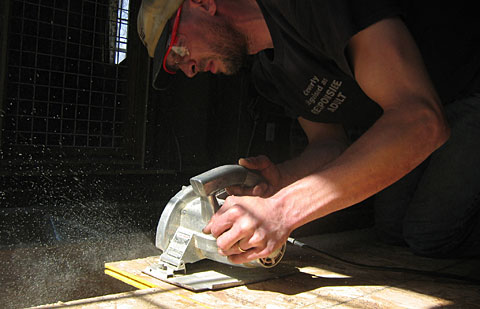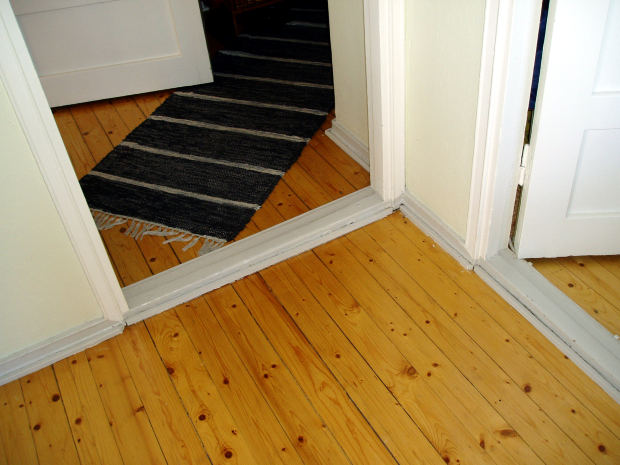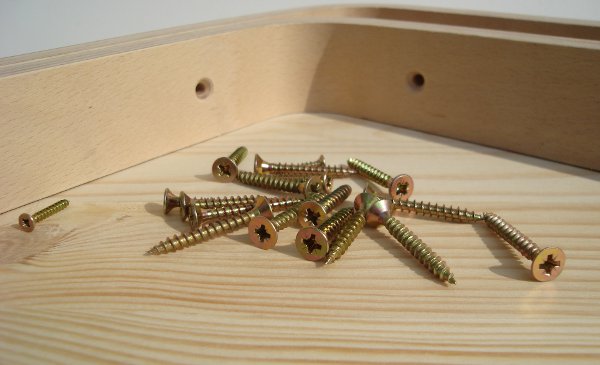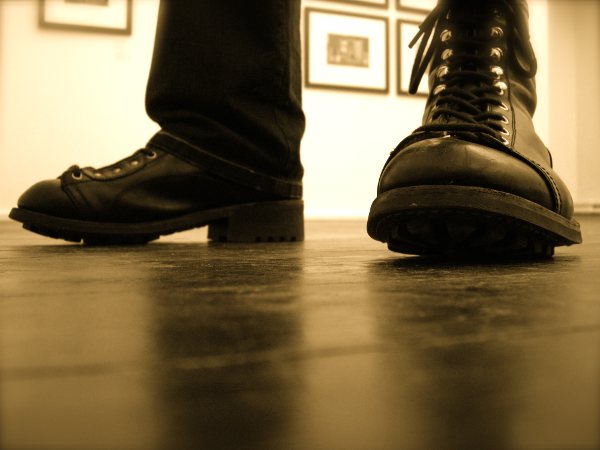Making of Drop Forged Eye Bolts
The drop forged eye bolts are 316 stainless steel type fasteners and are usually available in 1/4″ x 2″ size. Although there are other sizes available in the market, eye bolts shown here are supplied standard rivets enabled flaunting a hot galvanized finish.
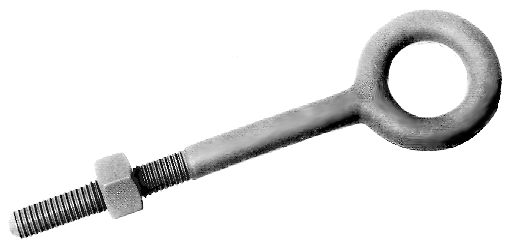
Before being galvanized, these are threaded national course and are equipped with hex nuts, which are tapped oversize to render easy galvanizing thickness. Not to mention, these rivets are usually without a shoulder and are also available along-with special shank and customized thread sizes.
Loads applied on drop forged eye bolts are usually based on a safety factor ranging from 5 to 1. When tested, these particular eye bolts get pulled with a direct tension at a uniform rate of speed. Any aberrations such as shock loads, angular lifts, modifications of the basic forging etc. result in dramatically reduced maximum loads.
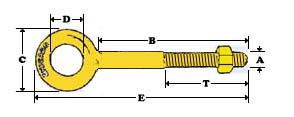
Technical Specifications
- Item: Drop Forged Eye Bolts
- Type: Lifting With Shoulder
- Material: 316 Stainless Steel
- Finish: Galvanized
- Thread Size: 1/4-20
- Thread Length: 1 1/2″
- Shank Diameter: 1/4″
- Shank Length: 2″
- Eye Inside Diameter: 1/2″
- Eye Outside Diameter: 1″
- Overall Length 3″
- Working Load Limit (Lb.): 2400

Process
The drop forging is a type of metalwork process, which helps in gradually shaping a heated piece of metal, known as ingot. This technique involves creation of ingot, by giving repeated blows from a hammer or a die. This is done by raising and then dropping the hammer on the metal piece, thereby either flattening it or molding it to a desired shape.

Determining the intricacy of the required design, the procedure sometimes involves numerous dies and other steps as well.
The drop forged eye bolts are usually produced with a close approximation of the finished metal piece. In some cases, some additional method, such as machining is involved, so as to obtain the required tolerance. It is a type of manufacturing process, which is used to create objects out of metal. Click here to know more.
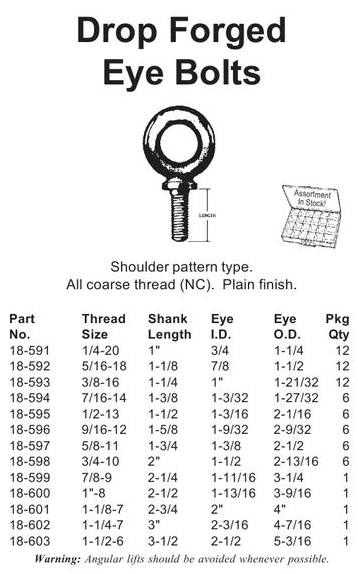
The drop forged eye bolts are used extensively in the automotive industry in producing various engine parts, gears and axles.
The dies used in this method are typically made up of high alloy steel known as tool steel. Such dies are designed specifically to become resistant to daily wear and tear. These are also capable of withstanding repetitive rapid heating and cooling cycles.
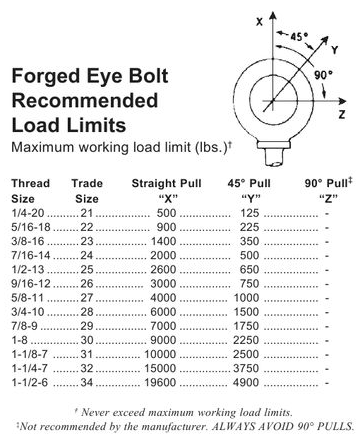
The dies used in this technique are made into two halves. While the upper half, known as hammer, is fastened to the raised block, that is dropped into the ingot; the lower half, known as anvil, is a rather stationary die used against the ingot, that is forged.
Another commonly used drop forging method is the open-die type. In this method, the dies do not completely encircles the work-piece. This kind of die is usually flat unlike contoured dies and cutting dies and are far more superior than the normal dies.
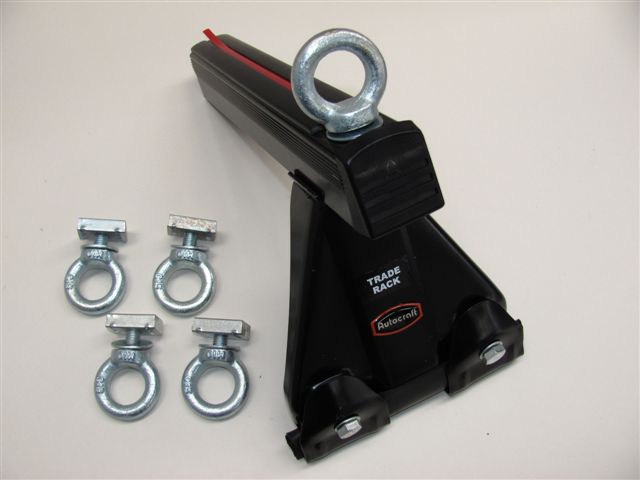
This kind of open design accounts room for the expansion of the ingot, when it is hammered to the desired thickness.
The drop forged eye bolts are also prepared under various other techniques such as cogging and edging, impression-die forging and closed-die forging known as flash-less forging.
These rivets, which are available in steel and C-1023 type, are usually supplied standard fasteners featuring a hot galvanized finish.
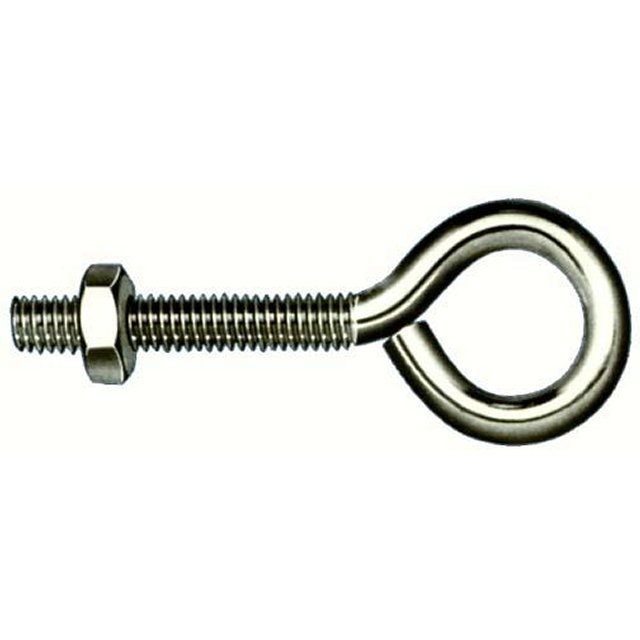
Before being exposed to galvanizing, they are threaded and enabled with hex nuts tapped unshapely, which assist in galvanizing thickness. Special shank and thread sizes for these rivets are also available in the market. As per your requirements, you can choose accordingly.
For these fasteners, loads are applied on a safety factor from 5 to 1. When tested, all such eye bolts are easily pulled at a uniform rate of speed in a direct tension. However, be warned that any kind of deviations, including shock loads, angular lifts, modifications of the basic forging etc. will result in dramatically reduced maximum loads.

Features of ‘Imperial’ drop forged eye bolts
- Hot Galvanized
- Features nut
- Features higher tensile steel
- Electro galvanised finish available on request
- Bolt Diameter is around 1/4-20
- Shank Length is about 2″
- Thread Length is about 1-1/2
- Inside Diameter of Eye is 1/2
- Outside of Eye is 1″
- Maximum Load involves 500 lbs’
- Self-color finish
- Tested and certified
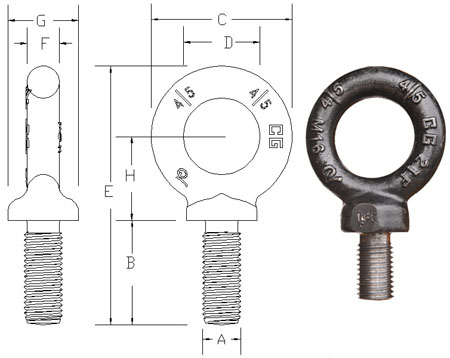
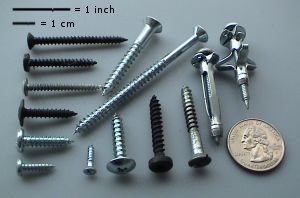
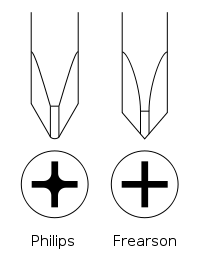
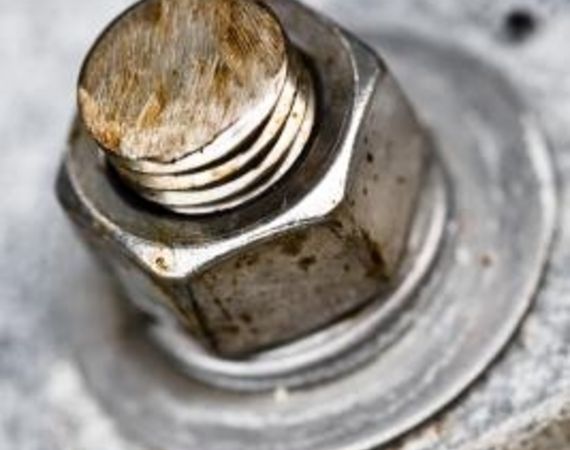
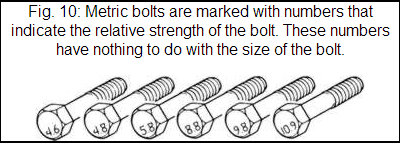
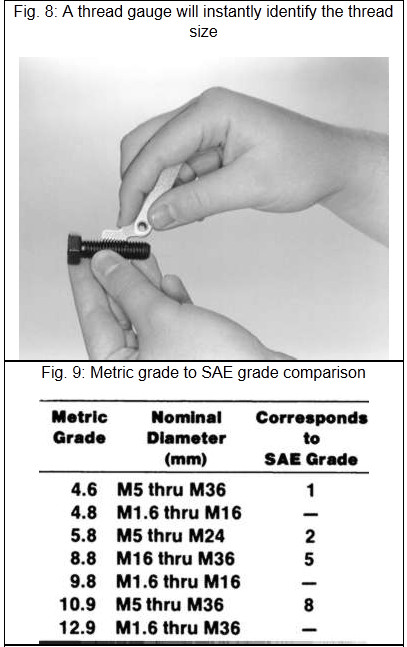
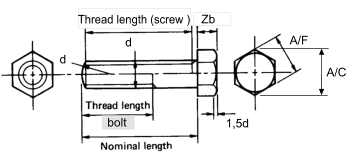
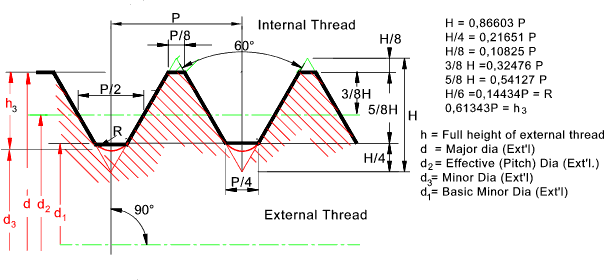
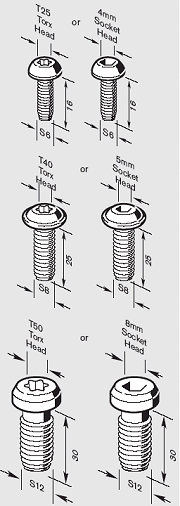
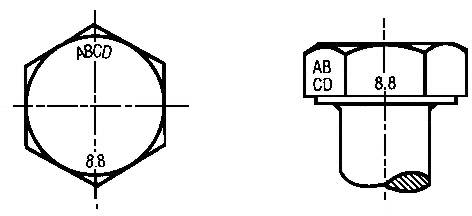
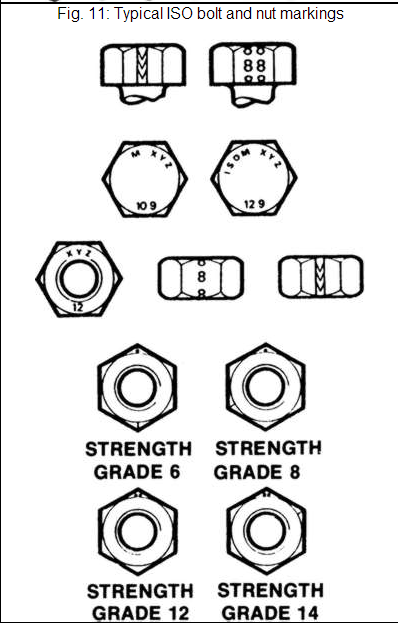
.jpg)
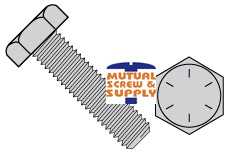
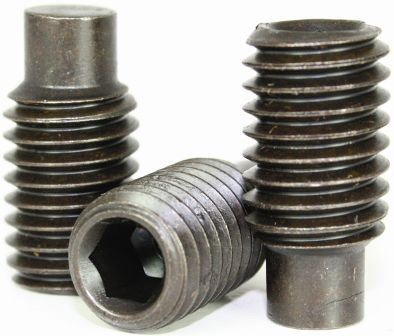
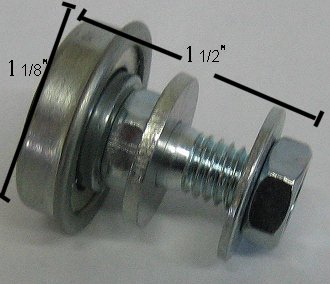
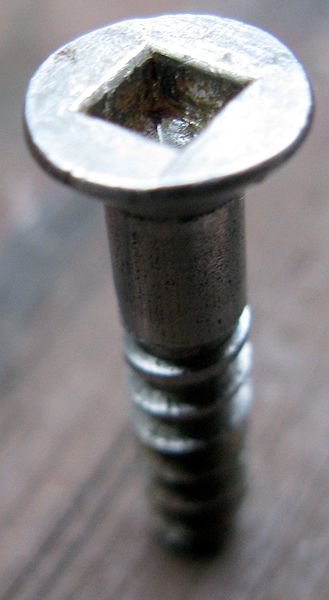
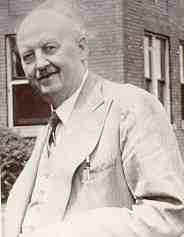
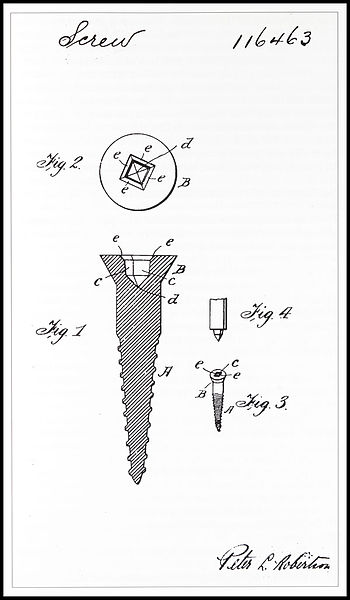
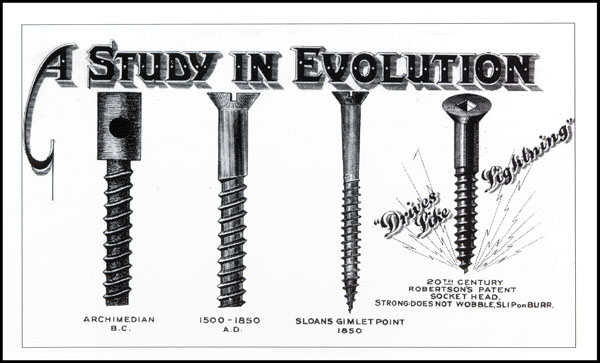

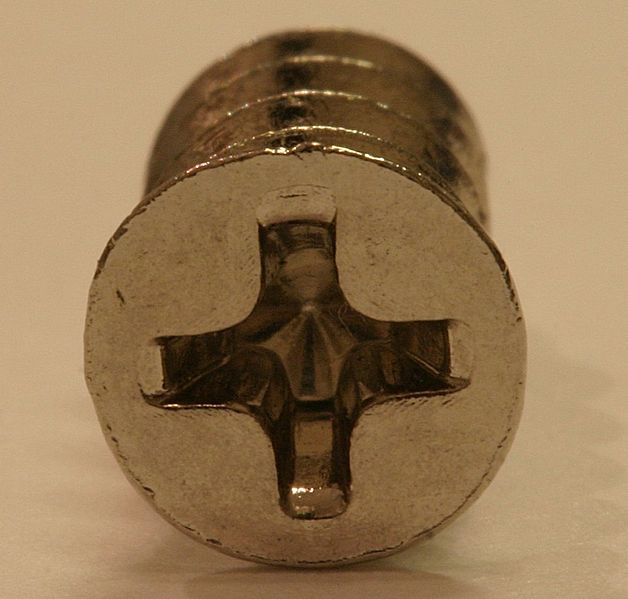
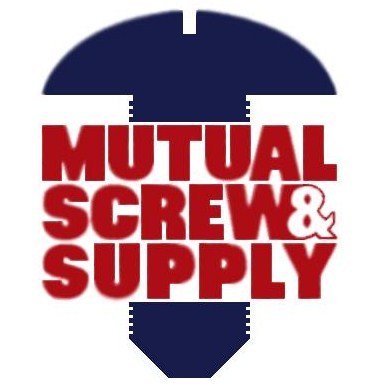
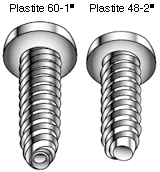
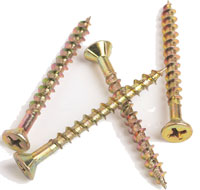 There are various types of screws available in the market, required for various kinds of jobs. The concrete screw is a very special type of fastener, specially designed to pierce its own threads into an already drilled hole on the surface made up of concrete, block, brick etc. The brand name Cement Board & Fiber Cement Board Screws is popular product, being sold over under this banner.
There are various types of screws available in the market, required for various kinds of jobs. The concrete screw is a very special type of fastener, specially designed to pierce its own threads into an already drilled hole on the surface made up of concrete, block, brick etc. The brand name Cement Board & Fiber Cement Board Screws is popular product, being sold over under this banner.